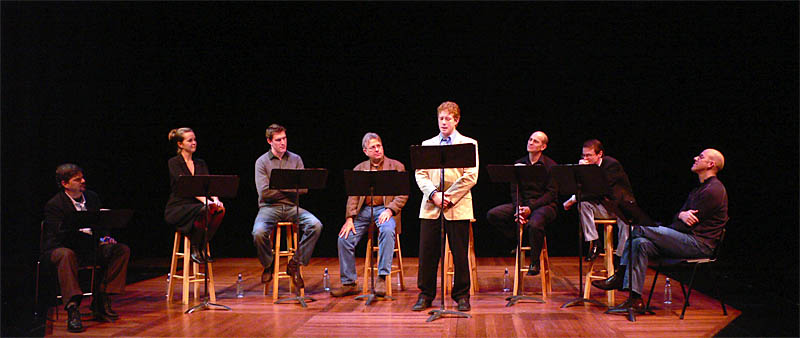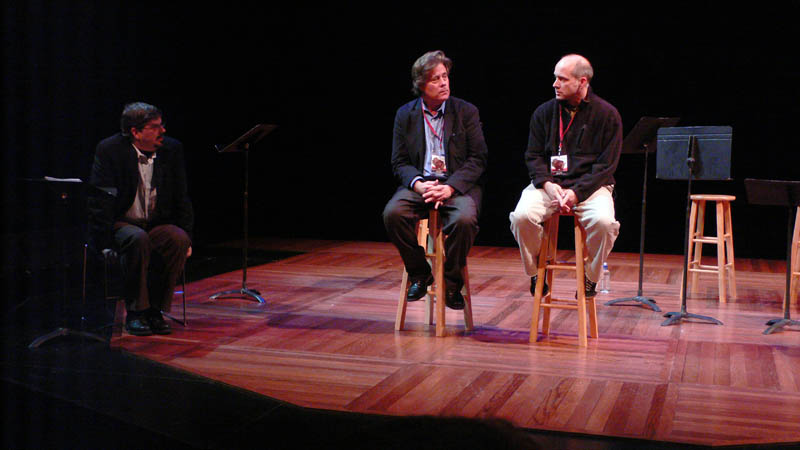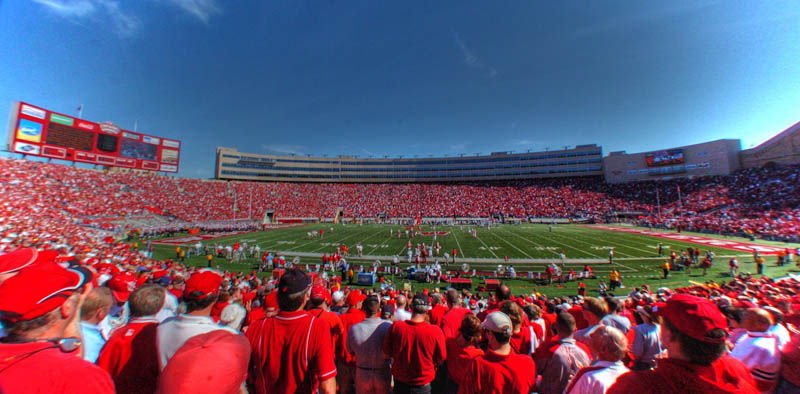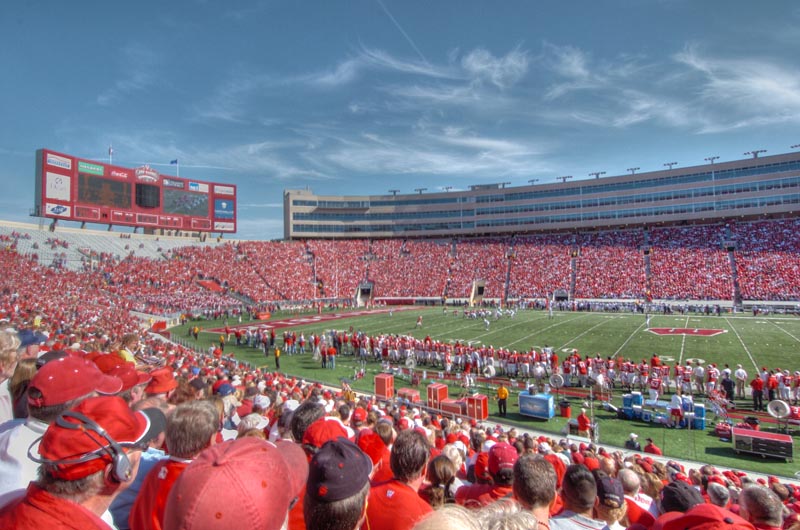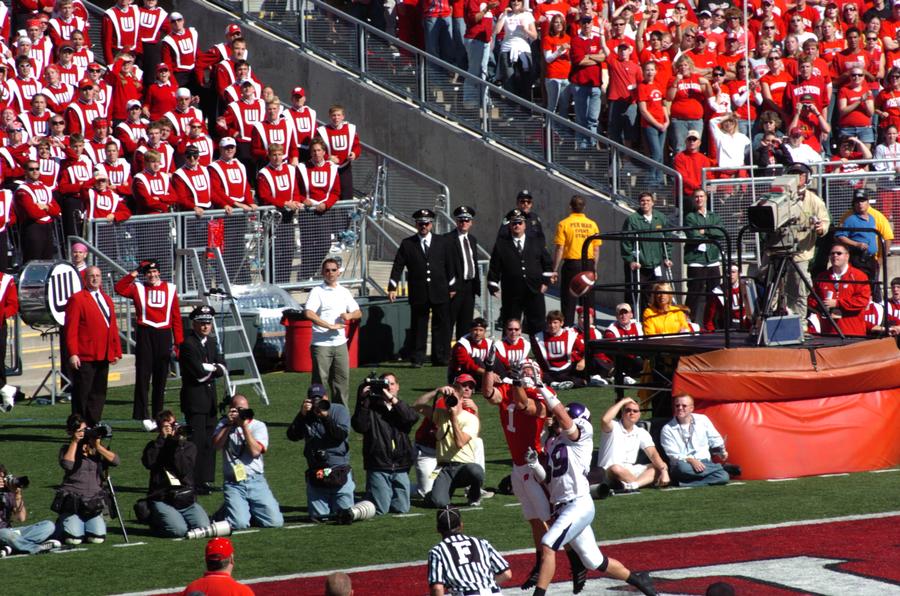Those who skied Kirkwood 20 or more years ago found a typical day lodge with a cafeteria and slow lifts. It was the mountain people came for. They still come for it, only now they don’t have to make the 40-mile trek into South Lake Tahoe to spend the night.
Off Highway 88 where Alpine, Amador and El Dorado counties meet, the Kirkwood Valley is growing up. Whether it grows with grace will be decided in the next few years.
Even with all the hammering and sawing, Kirkwood remains laid-back — and growth has come relatively slowly. Ten years ago, the first phase of the village opened with 19 condominiums. The resort installed its first high-speed quad chairlift in 2001, with its second in operation last ski season. Dining choices are still sparse, but more diverse. Pretentiousness is unheard of. The 2000 Census tallies Kirkwood’s population at 96 and Tim Cohee, president of Kirkwood Mountain Realty, says full-time residents still number fewer than 100.
I was one of those people who skied Kirkwood years ago. A Squaw Valley ski visit always included Jaguars and Mercedes-Benz (Oh Lord, Won’t you buy me a Mercedes-Benz), while a fun outing to Kirkwood found the Jeep / 4-Runner crowd enjoying the mountain. It is nice to stay on the mountain, but miles of condos in the valley certainly changes the alpine views.
